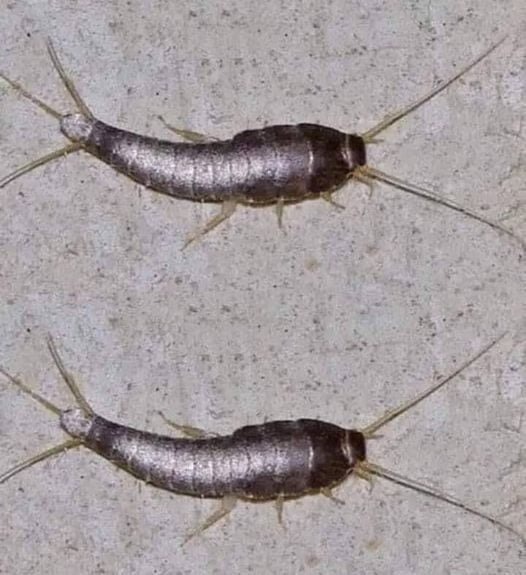ADVERTISEMENT
It seems that you’re asking for an article based on a phrase that may be a part of a clickbait headline or social media post, “If you see one of these in your house, BE VERY CAREFUL, because it means… See more in COMMENT!” While this type of headline may be designed to catch people’s attention, it’s important to approach such topics responsibly, providing factual information that is both informative and engaging.
Let me help you create an article that explores common household hazards and how to deal with them. This will include pests, dangers, or harmful objects that may be found in your home. The goal will be to educate readers on what they need to be cautious of and how they can take action.
### **If You See One of These in Your House, Be Very Careful – Understanding Common Household Hazards**
The home is a sanctuary, a place where we relax, raise our families, and make lasting memories. But sometimes, hidden dangers lurk in the most unsuspecting places. These risks could be pests, toxic substances, or even objects that we unknowingly bring into our homes. It’s crucial to be aware of the potential dangers around us, so we can take appropriate measures to protect ourselves and our loved ones.
In this article, we’ll explore several common household hazards that you should be on the lookout for. These dangers may be less obvious than they seem, but with a little knowledge and caution, you can keep your home safe and secure.
—
### **1. Pests: The Hidden Dangers of Your Home**
#### **Rodents: Mice and Rats**
Rodents are a common problem in many homes. If you see droppings or chew marks around your home, especially in food storage areas, you should be extremely cautious. Mice and rats can carry a number of diseases that pose serious health risks to humans, such as **salmonella**, **leptospirosis**, and **Hantavirus**.
**Why You Should Be Concerned:**
– Rodents can spread diseases through their urine, feces, and saliva.
– They can contaminate food supplies and cause respiratory issues by spreading dust and particles from their droppings.
– Rats, in particular, have been known to gnaw on electrical wiring, which increases the risk of fire.
**How to Prevent Infestation:**
– Seal any holes or cracks in the walls, floors, and around windows and doors.
– Keep food in sealed containers and clean up crumbs immediately.
– Set traps or consult with a professional pest control service for a more severe infestation.
—
#### **Cockroaches: Silent Spreaders of Disease**
If you’ve spotted a cockroach in your home, it’s important to take it seriously. Cockroaches are more than just a nuisance; they can carry dangerous pathogens and allergens. **Cockroaches** are known to spread diseases like **E. coli**, **salmonella**, and **Campylobacter**, and their presence may trigger allergies, particularly in children.
**Why You Should Be Concerned:**
– Cockroaches leave behind feces, saliva, and even molted skin, which can trigger asthma or allergic reactions.
– They tend to hide in dark, moist places such as kitchens, bathrooms, and basements, where food and water are readily available.
– Their presence often indicates unsanitary conditions, as they thrive in filthy environments.
**How to Prevent Infestation:**
– Maintain a clean home by wiping down countertops and cleaning up food crumbs.
– Seal cracks and crevices where cockroaches can enter or hide.
– Consider using roach traps or calling an exterminator for a more serious problem.
For Complete Cooking STEPS Please Head On Over To Next Page Or Open button (>) and don’t forget to SHARE with your Facebook friends
